On the occasion of the World Day Against Child Labour, alarming new figures from the International Labour Organization (ILO) and United Nations Children`s Fund (Unicef) reveal that nearly 138 million children across the world were engaged in child labour in 2024.
Of them, around 54 million were involved in hazardous work that endangered their health, safety, and development, reports Dhaka Tribune.
The new estimates, released on Wednesday in a report titled "Child Labour: Global Estimates 2024, Trends and the Road Forward", mark a modest but critical improvement—more than 22 million fewer children are in child labour compared to 2020, reversing the troubling increase recorded between 2016 and 2020.
However, the global community has failed to meet its target of eliminating child labour by 2025, with the current pace of progress deemed far too slow.
To meet the goal within the next five years, efforts must accelerate 11 times faster than the current rate, according to the report.
Regional shifts and sectoral insights
Agriculture continues to be the leading sector for child labour, accounting for 61% of all cases.
This is followed by services such as domestic work and informal commerce (27%), and industry, including mining and manufacturing (13%).
Asia and the Pacific saw the most significant decline in prevalence, with child labour dropping from 5.6% to 3.1%—a reduction of 21 million children.
Latin America and the Caribbean saw more modest progress, with an 8% relative reduction in prevalence and an 11% decline in total numbers.
In contrast, Sub-Saharan Africa remains the epicentre of the crisis, home to nearly two-thirds of the world`s child labourers—approximately 87 million children.
Although the prevalence rate has slightly dropped from 23.9% to 21.5%, the total number has stagnated due to rapid population growth.
Boys more affected, but hidden gender burdens persist
Boys are more frequently involved in child labour than girls at all ages, with 9% of boys aged 5–17 affected, compared to 7% of girls.
However, when unpaid household chores of 21 hours or more per week are considered, the gender gap flips, highlighting the often-overlooked burdens girls carry at home.
Challenges
Since 2000, the number of children in child labour has dropped from 246 million to 138 million—an achievement representing more than 100 million fewer children in the labour sector.
However, ILO and Unicef caution that recent gains could be at risk due to funding cuts and insufficient investments in education, social protection, and livelihoods.
Child labour not only deprives children of their education and endangers their health—it perpetuates cycles of poverty and inequality.
As the world observes this year’s World Day Against Child Labour, experts stress the urgent need for renewed commitment and increased investments.
Without bold action now, millions of children will remain trapped in exploitative work, their futures shaped by necessity instead of opportunity.
Leaders urge renewed commitment
“The findings of our report offer hope and show that progress is possible. Children belong in school, not in work. Parents must themselves be supported and have access to decent work so that they can afford to ensure that their children are in classrooms and not selling things in markets or working in family farms to help support their family. But we must not be blindsided, we still have a long way to go before we achieve our goal of eliminating child labour,” said ILO Director-General Gilbert F Houngbo.
Unicef Executive Director Catherine Russell said: “The world has made significant progress in reducing the number of children forced into labour. Yet far too many children continue to toil in mines, factories or fields, often doing hazardous work to survive.”
“We know that progress towards ending child labour is possible by applying legal safeguards, expanded social protection, investment in free, quality education, and better access to decent work for adults. Global funding cuts threaten to roll back hard-earned gains. We must recommit to ensuring that children are in classrooms and playgrounds, not at work,” she added.
What needs to be done?
To sustain and build on recent progress, ILO and Unicef are urging governments worldwide to take concrete action. Their suggestions include:
Invest in social protection: Implement safety nets such as universal child benefits to shield vulnerable families from economic shocks.
Strengthen child protection systems: Identify and respond to cases of child labour, especially the worst forms.
Ensure universal access to education: Prioritize rural and crisis-affected regions to keep children in school.
Support decent work for adults: Empower families through fair wages and workers’ rights.
Enforce laws and corporate responsibility: Protect children across supply chains and hold businesses accountable.


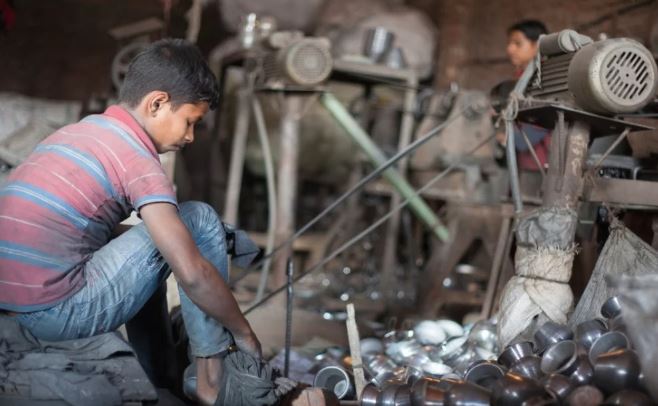

-20251212132043.webp)






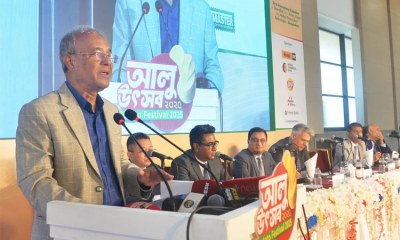


-20251212053626.jpeg)

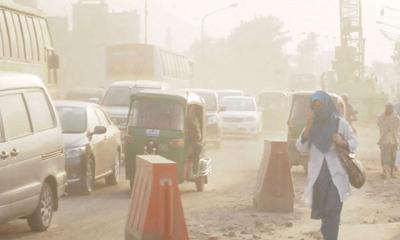

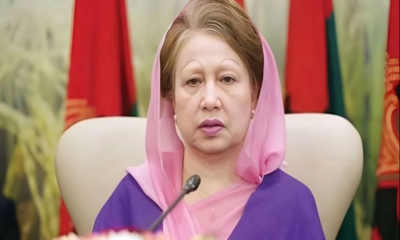






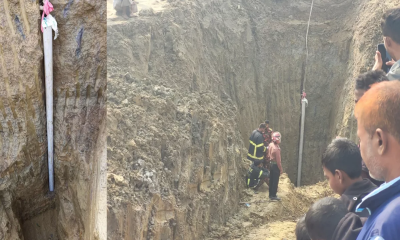





-20251207131533.jpg)

